Beauty Never Dies
Human beings crave beauty. Why then are we often failing to create surroundings that could serve our wellbeing and social cohesion?
December 24, 2023
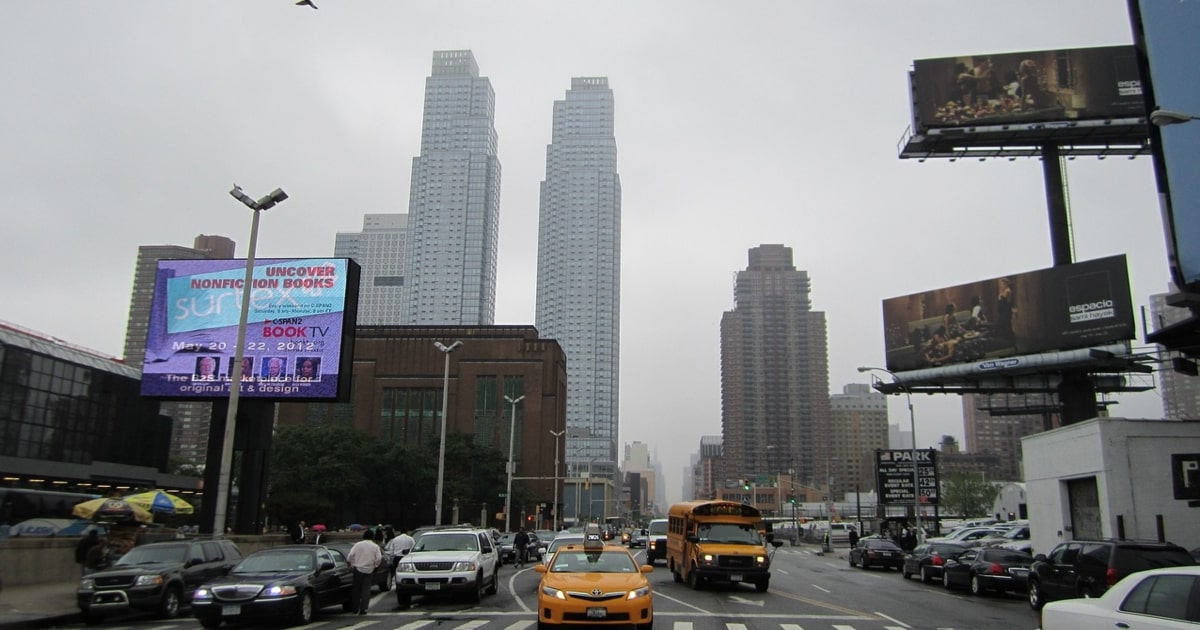
A Strategic Intervention Paper (SIP) from the Global Ideas Center
You may quote from this text, provided you mention the name of the author and reference it as a new Strategic Intervention Paper (SIP) published by the Global Ideas Center in Berlin on The Globalist.
Beauty and aesthetics – old-fashioned terms, it appears. They seem like they are from a bygone era, long before a crudely standardizing global mass media and lifestyle industry, or like pastimes of the rich and privileged living in their neat, watered paradises beyond high fences and thick hedges to the street.
But no. Beauty belongs to all of us. And it has something to do with dignity. The same dignity that stretches from antiquity, through Christianity and the Enlightenment, to the U.S. Constitution, to other countries’ more recent constitutions and the UN Universal Declaration of Human Rights.
For to become perceptible, dignity needs an expression, and its language is beauty – albeit only the beauty of small things.
Our perception of reality
Our image of reality and our orientation in physical space ultimately depend on sensory stimuli and their interpretation. This is why sensory perception and aesthetic evaluation of our surroundings are among the fundamental processes with which we comprehend the world.
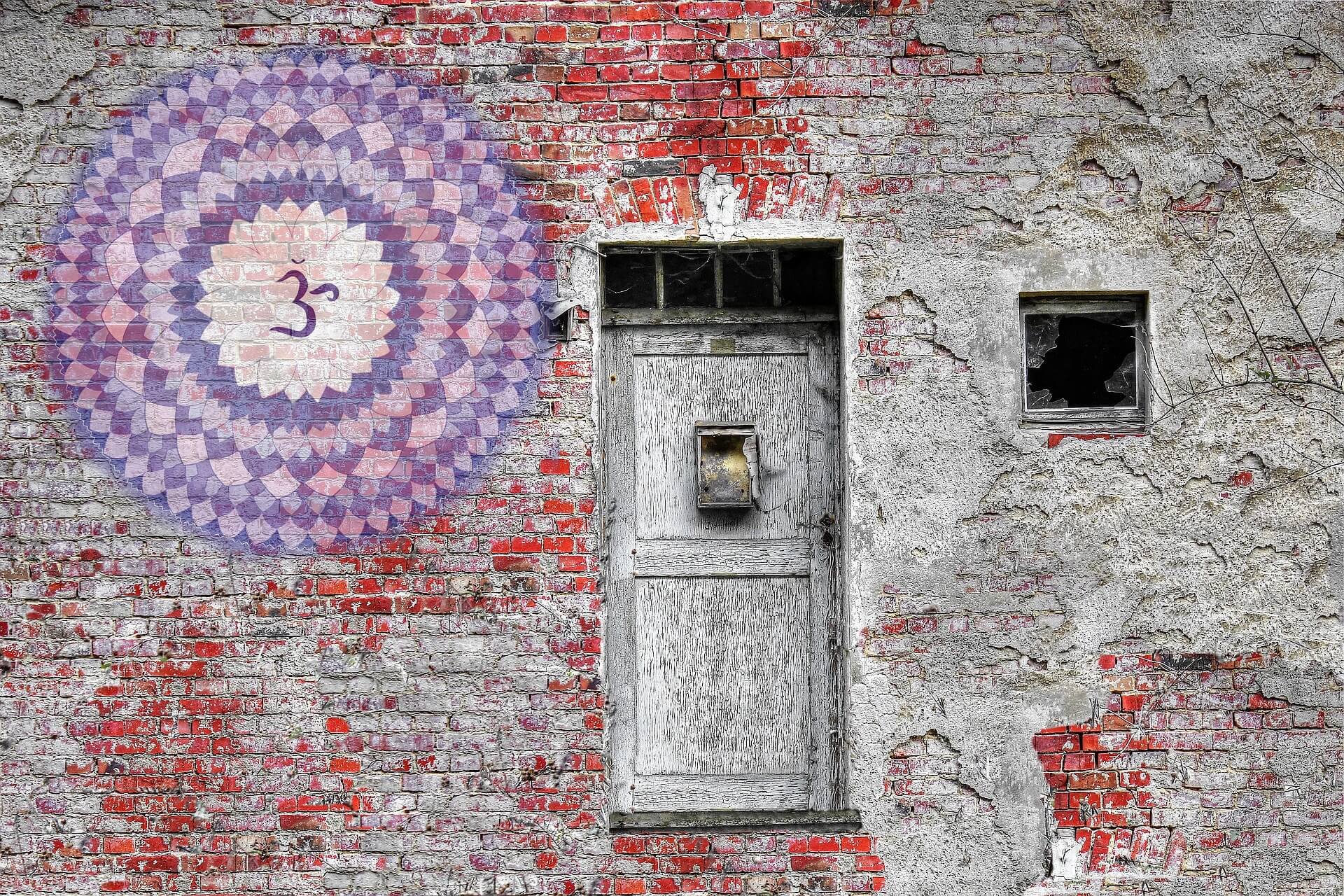
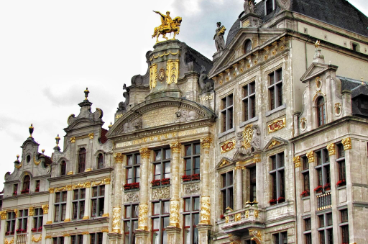
Aesthetically based judgements are in almost every decision we make. We apply them in every area of our everyday lives, from chocolate wrappers, to clothes, cars, travel destinations, real estate and even the choice of a partner.
They are all aesthetically mediated and often represent unconscious judgements that guide our actions and shape our ways of thinking.
Beyond individual decisions, the aesthetic experience of our environment can also have a long-term and deep impact on our lives. It has been scientifically proven that the sensual quality of human environments can influence our wellbeing, health, performance, resilience and motivation – not only in the short term, but also in the medium and long term.
We often rightly invest a great deal of energy in making our personal environments more beautiful, pleasant and appropriate. And we go to great lengths to preserve or seek out reserves of beauty.
And yet, it seems that our common living environments and our natural, architectural and urban spaces increasingly tend to fall short of the beauty we seek.
Instead, they sink into banality, facelessness, uncontrolled growth, aesthetic helplessness, infrastructural chaos and neglect of public space.
The political dimension
Such a perception is being articulated even at the highest political level, namely in the Davos Declaration of 2018. In that document, European ministers and numerous high-ranking representatives of European professional associations for architecture proclaim their observation:
“[ … ] of a trend towards a loss of quality in both the built environment and open landscapes all over Europe, evident in the trivialization of construction, the lack of design values, including a lack of concern for sustainability, the growth of faceless urban sprawl and irresponsible land use, the deterioration of historic fabric, and the loss of regional traditions and identities.”
Of course, this is a problem far beyond Europe. China, for example, is experiencing a rapid decline in its architectural memory.
The loss of culture
The global convergence of these dynamics has reached a dimension that can be described as a near-universal loss of culture, tradition and continuity of unprecedented proportions. But what exactly does this loss consist of? How can it actually be measured – including aesthetically? And what are the reasons for it?
lf we take a closer look at the Davos Confederation’s statement, we can identify a loss of structure, coherence, meaningfulness and sustainability as central statements: Design values, traditions and identities are eroding, along with historical substance. On the time axis, sustainability is lost – i.e., the ability to strategically steer development.
This finding is similar to the “Malaise of Modernity” articulated by the philosopher Charles Taylor. According to his diagnosis, Europe and a rationalist-economist-oriented global mainstream culture are threatened by the loss of self-organization capacity and the disintegration of common sense in favor of a self-centered individualism which ultimately loses the ability to define and protect common value landscapes for the collective.
This erosion also severely weakens the consensus principle of democracy, which, in order to function, must be more than a meeting of conflicting individual sensitivities and subjective opinions.
The cement of democratic societies
The cement of democratic societies, according to Taylor, is the ability to go beyond one’s own situational interests and consciously align one’s own identity with collective values and identities in discursive processes in order to support an interdependent connection between the individual and society. On a larger scale, this also leads to a stronger coherence between different interest groups in society.
Expressed in popular terms: The idea of “diversity” (as an incontrovertible fact, not in the sense of an ideologizing and sacrosanct codification of diversifying characteristics as a marker of identity) would actually have to be dialectically contrasted with its virtual counterpart.
This is obviously the idea and logical necessity of a – however negotiated – “unity,” without which we are unable to think of society as a cross-individual entity that is capable of cooperative action.
Let us also remember that the 20th century sociologist Aaron Antonovsky thought that the human need for coherence – i.e., connection and meaningfulness – is the key concept of “salutogenesis,” meaning the evolvement of health.
Cohesion matters
On the aesthetic side, the sense of coherence is apparently particularly sensitive. According to a study by Arthur Stamps, single visual properties are no longer regarded as characteristic of an architectural environment as soon as they fall below 88% of use within the concerned environment.
Or more plainly: The harmony of a street is quickly lost if more than a tenth of the houses have different key aesthetic features than the rest.
Obviously, coherence and meaning of the architectural-aesthetic surface of human environments, and also their erosion or loss, is inseparably linked to fluctuations and major currents within the sociocultural-political field.
Architectural-aesthetic surfaces can tell a lot about concepts of man and society that change slowly but permanently under the pressure of self-reinforcing media performance.
For example, with industrialization and the establishment of mass consumerism, the appearance of cities (especially in the United States) was largely transformed between 1880 and today into an accumulation of individual economistic projects interspersed with advertising messages.
Aesthetic languages
Aesthetic languages and surfaces can thus initially be seen as expressions of fundamental structures. They represent convictions and narratives about the constitution of human beings, their embeddedness in society and the meaningfulness and purposefulness of both.
However, they can also act as powerful vectors of impact themselves. They do so by shaping, reinforcing or transforming the level of anthropological-sociocultural paradigms.
In this way, iterative, self-amplifying dynamics and feedback loops emerge between the aesthetic surface and what they are based on.
For example, urban spaces need architectural places where people like to come together and interact. Places that offer security and a sense of unity, but also stimulation and exploration.
The existence and quality of these places will change the society of the city not only in the short term, but also in the long term. Every street crossing is thus an opportunity to shape a socially and aesthetically relevant space.
It therefore seems more than reasonable to assume that by changing sensory-aesthetic environments, not only the wellbeing and health of individuals can be influenced. The effects also shape the understanding of individuals in their relation to society within the socio-cultural field.

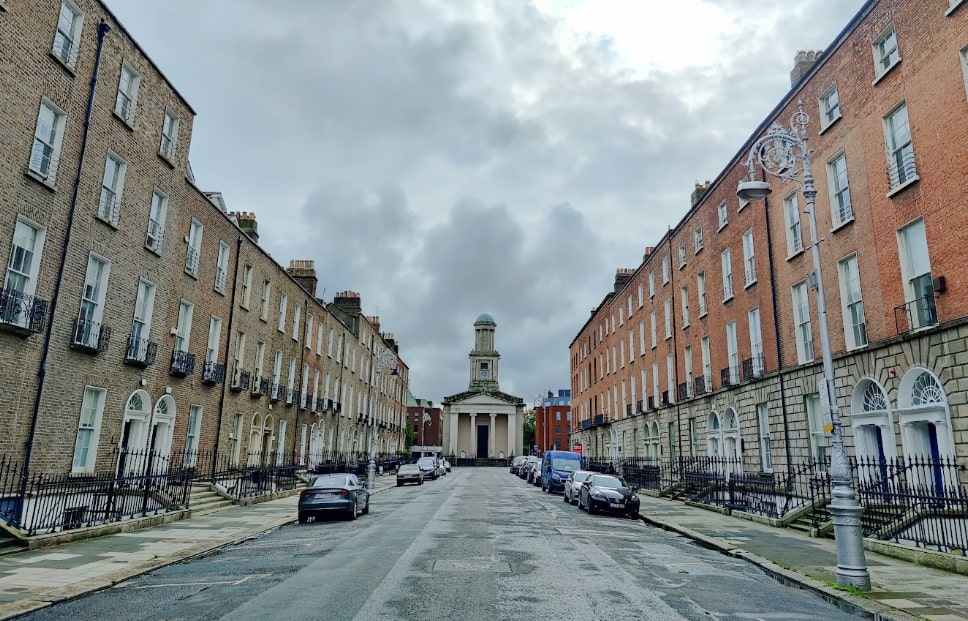
Erosion of meaning and coherence
In addition to changing ideas about people and society, there are of course numerous structural causes for the erosion of socio-cultural-spatial, architectural-urban and aesthetic order, coherence and meaning that is hypothesized here.
They can consist – in varying intensity and contextuality – of the following:
• Legal frameworks, local building regulations or design statutes either do not exist, are not obeyed (for example, because of widespread corruption) or are not conducive to coherence from the outset.
• Existential or strategic lack of resources leads to a neglect of contextual-social and aesthetic need adjustments in architecture and urban planning.
• Low-income or otherwise marginalized fringe groups in society do not have access to the aestheticized comfort of elite environments within their milieus.
• The continuity of historically grown, traditional regional or local building cultures is interpreted as an expression of socio-cultural autonomy and is prevented or destroyed for political reasons.
• The continuity and profile of historically grown, traditional regional or local building cultures is displaced by the easier availability and arbitrariness of global-industrial mass products and procedures.
• An uncontrolled influx of rural population into cities, which state or municipal infrastructure planning is unable to cope with. This leads to the exponential and self-dynamic expansion of urban spaces and to an undersupply of resources that are also aesthetically relevant (space, fresh air, drinking water, social meeting places, sensibly structured and contextually networked architecture etc).
• Large, especially internationally operating economic actors and investors are appropriating public, physical, but also political space for their profit interests. They marginalize the needs of large parts of the population for coherence, participation, meaning and socially rooted identity of the environment.
• Builders, investors, architects or controlling bodies are indifferent to or unaware of the potentially disruptive effects of their actions or omissions.
• The building industry is dominated less by ambitious architects than by investors, developers or design amateurs.
• Architects and planners do not have sufficient knowledge about the effects of aesthetic environments on people, their well-being, their health and their social constitution.
The mindset of creators: Path to the solution?
Many of these aspects are at the same time partly responsible for urban sprawl and pollution of the landscape, deforestation and other destruction of ecological habitats.
However helpless we may be in the face of these complex causes of global ecological, architectural and social entropy, there is at least one of these factors where successful intervention and productive change is conceivable.
lt is at the same time the factor that is most indispensable in the web of complex causes of structural loss: The understanding and awareness of those who conceive, design and execute human environments, namely architects, planners and designers.
Their mental horizon represents the maximum possible effective horizon of all built and man-made environments worldwide.
On top of that, architecture is one of the most professionally defined disciplines in the world. The human being, as is frequently heard, is at the center of all its endeavors.
The assignment of meaning
Taken seriously, this claim would mean that architects, designers – and as many other decision-makers as possible in the complex chains of creating built environments – would be made familiar with the processes of human perception and the assignment of meaning.
They would be sensitized to the interaction between needs, emotions, motivation, attention and the aesthetic experience of the environment.
With such a broadening of horizons, an indispensable contribution would be made to a stronger human and needs orientation of built environments.
Psychology as an instrument of human orientation
How, where and to what extent do architects and designers currently reflect all these important aspects of reference and central questions of appropriateness?
In marketing, the importance of this connection has been recognized since the 1920s. And in communication and product design there is, accordingly, a long tradition of using insights from Gestalt psychology (an important framework of perceptional psychology) for the design process.
Architecture and other design disciplines, on the other hand, have so far only rarely used the reference science of psychology as an instrument of human orientation, especially in German speaking countries. This circumstance is regrettable, but it has a long history.
In the 20th century, architecture was strongly characterized by normative disputes with a political background, which often led to ideological polarization.
Less is more reductionism
These conflicts resulted in an architectural mainstream characterized by neo-modernism and minimalism, which could be very smoothly reconciled with demands of rationalist economism.
The paradigmatic hegemony of this mainstream, however, obviously leads architecture and design experts to tend to reject more differentiated psychological questions and instead prefer striking, more politically conspicuous positioning that clearly delineates and defends the field of action.
But, in doing so, it often bypasses lay people’s ideas of beauty, as numerous recent studies have shown.
In this way, ideologically charged beliefs – such as a “less is more” reductionism – have been able to survive to this day without needing to be psychologically legitimized.
Gestalt psychology
The import of findings from environmental psychology into architectural education is virtually non-existent, despite the great achievements of German dominated Gestalt psychology in the first half of the 20th century.
This is all the more astonishing because in the field of psychological aesthetics, at the latest since the end of the 19th century, a great number of empirical studies have been compiled on people’s aesthetic preferences.
Also, theory-building has produced a whole series of hypotheses that attempt to model the complex multidimensionality of aesthetic experience.
The embodied experience
This sensory-based, “embodied” experience is organized in countless iterative feedback loops between form, colour and contrast perception and processing, meaning-giving analogies and emotional evaluation.
Any attempt to categorize it conceptually can only be one among many from the outset, since the explanatory value of such a model depends entirely on the context of the question and of the object of observation.
In spite of this complexity, there are strong convergences in aesthetic theory and empirical research that can considerably intensify the relation to human constitution and needs in architecture and design.
What is “good” design?
Despite this blind spot in architectural practice and education, some psychologically underpinned design perspectives have emerged, especially in English-speaking countries, for example in health design, which are now diffusing back into the German-speaking world.
Many young architects and designers who find themselves responsible holistically for human environments often no longer accept that they should follow conventions that are grounded neither in scientifically based human orientation nor in ecological and social sustainability.
However, for many who are unfamiliar with the field of empirical aesthetic research and theory building, it seems downright impossible to ever be able to define overarching principles of “good” design. Given the overwhelming multidisciplinary complexity of aesthetic experience, this is no surprise.
Instead of taking notice of the evidence for the commonalities and biological foundations of aesthetic experience, it seems much more convenient to base aesthetic considerations and design decisions exclusively on the contextuality of socio-cultural trends, existing environmental characteristics or individual biographical preferences.
However, due to their diffuseness, these criteria have a high degree of arbitrariness and, in contrast to economic criteria, hardly seem more convincing than other non-robust assertions or individual sensitivities.
The frequent reference to the fact that aesthetic sensations such as “beauty” have no claim to objectivity because of their subjectivity is, of course, a highly unscientific simplification.
The influence of socio-aesthetic experience naturally also has measurable physical – i.e., neurophysiological – effects on our stress level, our attention, our well-being and our health.
If subjective experiences turn out to be intersubjective and a coherent pattern of human aesthetic needs becomes visible, human experiences can become just as objectifiable – also economically – as other “facts.”
The global dimension
Global economic stakeholders such as the automobile or IT industries and, of course, the mass media are aware of this background and use every relevant insight to specifically influence us.
We can see what this means in every major city around the world: Public space has mutated into a gigantic advertising surface, with the result that every individual actor has to communicate even more garishly and loudly than his neighbor.
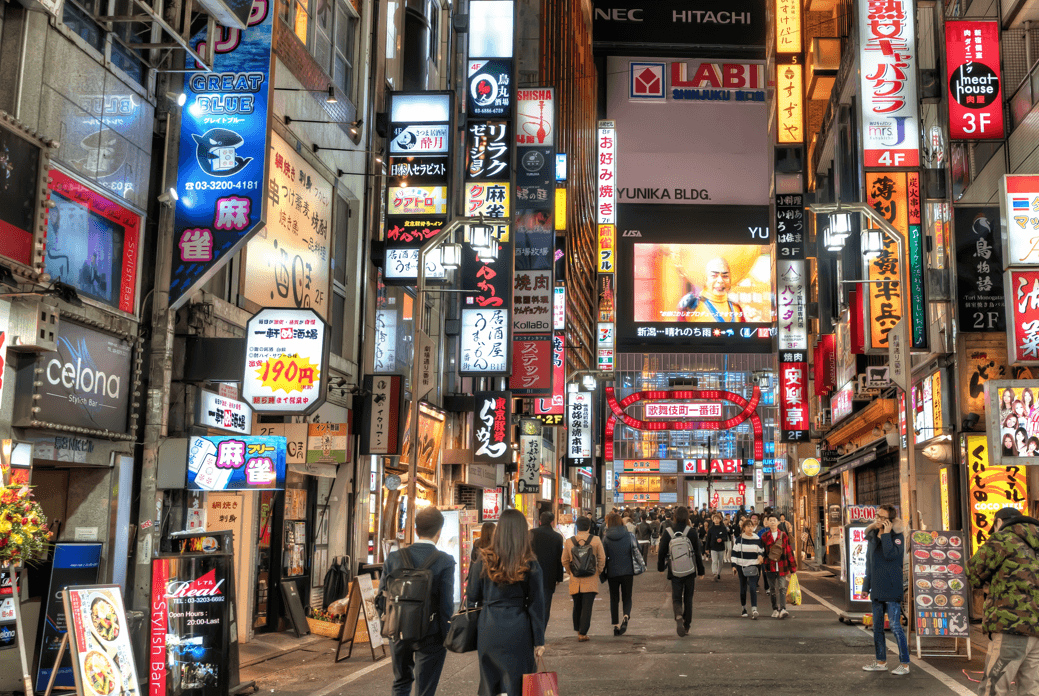
Building better, building beautiful?
Against this backdrop, all initiatives that address the complex issue in a politically significant dimension should be welcomed.
What is remarkable in this respect is the establishment of a so called “Building Setter, Building Beautiful” commission of the UK government in 2018. lt published a “Living with Beauty” report with numerous “policy propositions” as proof of its work in 2020.
Despite its numerous accurate analyses and the naming of essential levers for an improvement of the overall situation with regard to the spatio-aesthetic well-being of the population, the report and the commission have been criticized.
It is claimed that the concept of beauty (with all its possible subjective and collective diversity) is applied in a simplified, diffuse or philosophically biased way.
Moreover, the proposal of concrete design codes in the form of a “fast track to beauty” partly compensates for a lack of scientific reasoning with traditionalism, thereby propagating an insufficiently legitimized concept of beauty and understandably attracting the accusation of restrictiveness.
Perhaps this regrettable weakening of what is in itself a very necessary initiative could have been avoided if, between the analysis of the situation and the formulation of concrete aesthetic regulatory recipes, there had been a proper scientific appraisal and justification by experts in architectural psychology and the sociology of architecture with appropriate knowledge of the empirical-aesthetic background.
The discussion about beauty and its presumed intersubjectivity thus unnecessarily continues to move along the well-trodden paths of ideological polarization between conservatism and the rest of the world.
Conclusion
The urgency remains to ensure that psychologically-based human environment design is no longer consigned to random stakeholder interests for the sake of profit. It needs to be made available to the coherence and well-being of our society as a whole.
A newly understood and scientifically founded human orientation of architecture, urban planning, landscape planning and other design disciplines must become a conscious goal of politics. However, it can ultimately only begin as a space of potential in education.
The fear of restricting design creativity through “rules” is unfounded, because the opposite is the case: By dealing with complex human aesthetic experience, a far greater field of association is created than in the case of orientation towards traditional guidelines, dogmas or trendy surfaces.
Thus, a serious human orientation does not exclude great, exciting, striking and, above all, appropriate design, but precedes it: lf we know people better, we can also deal with their perception and aesthetic experience in a more appropriate, confident and purposeful way.
Beauty may have many different emphases and many individual profiles, but it nevertheless remains a core human experience with many commonalities, in landscapes, cities and built spaces all over the world, be it in Vancouver, Venice, Hangzhou, Odessa or Havana. Or, simply in a flowerpot outside the window.
Takeaways
Why are we often failing to create surroundings that could serve our wellbeing and social cohesion?
Aesthetically based judgments are in almost every decision we make and in every area of our daily lives.
Aesthetically mediated and often unconscious judgements are what guide our actions and shape our ways of thinking.
Many young architects and designers often no longer accept that they should follow conventions that are not grounded in scientifically-based human orientation or in ecological and social sustainability.
It is high time that psychologically-based human environment design is no longer consigned to random stakeholder interests for the sake of profit, but is made available for the sake of the coherence and wellbeing of our society as a whole.
Beauty may have many different emphases and many individual profiles. But it nevertheless remains a core human experience with many commonalities - in landscapes, cities and built spaces all over the world.
Global economic stakeholders such as the automobile industry, the IT industry and the mass media are aware of the importance of aesthetics and use every relevant insight to influence us.
A serious human orientation does not exclude great, exciting, striking and above all appropriate design. It precedes it.
Democracy is more than a meeting of conflicting individual sensitivities and subjective opinions.
A Strategic Intervention Paper (SIP) from the Global Ideas Center
You may quote from this text, provided you mention the name of the author and reference it as a new Strategic Intervention Paper (SIP) published by the Global Ideas Center in Berlin on The Globalist.


